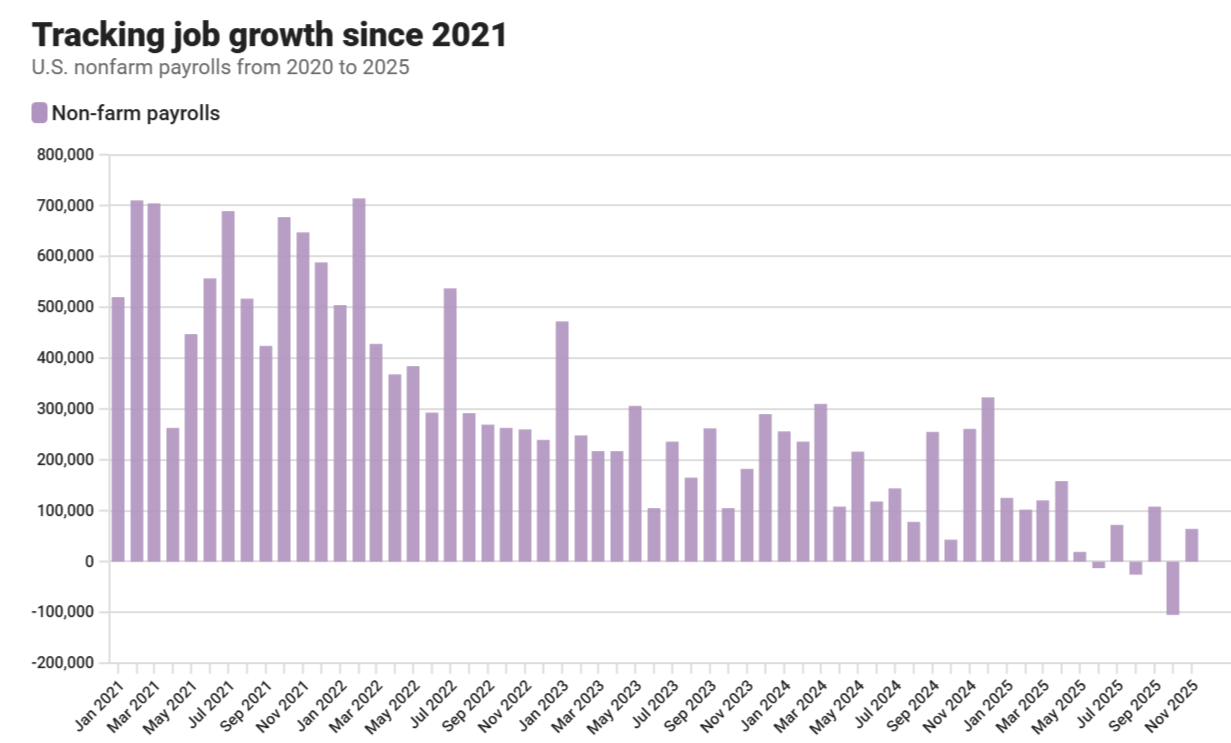 In order to attract and retain great employees, your small business will need to offer a comprehensive and appealing fringe benefits package. As a small business owner, offering an enticing plan can be difficult because of the inherent restraints that come with a business that is not a very well-established company. Nonetheless, offering fringe benefits is basically essential so we need to find a way to offer plans that are efficient and economically conducive to our financial states. Fringe benefits are benefits in addition to an employee’s wages, like a company car, health insurance, or life insurance coverage. Any benefit you offer employees in exchange for their services (not including salary) is a fringe benefit. This is not an easy task so identifying a handful of ways that would provide a decent small business fringe benefit package, keeping in mind that any package must comply with all tax provisions and competitive in the marketplace, is very useful. In this post, we will discuss small business health insurance, pension & retirement plans and education assistance benefits. Let’s take a look.
In order to attract and retain great employees, your small business will need to offer a comprehensive and appealing fringe benefits package. As a small business owner, offering an enticing plan can be difficult because of the inherent restraints that come with a business that is not a very well-established company. Nonetheless, offering fringe benefits is basically essential so we need to find a way to offer plans that are efficient and economically conducive to our financial states. Fringe benefits are benefits in addition to an employee’s wages, like a company car, health insurance, or life insurance coverage. Any benefit you offer employees in exchange for their services (not including salary) is a fringe benefit. This is not an easy task so identifying a handful of ways that would provide a decent small business fringe benefit package, keeping in mind that any package must comply with all tax provisions and competitive in the marketplace, is very useful. In this post, we will discuss small business health insurance, pension & retirement plans and education assistance benefits. Let’s take a look.
Health Insurance
As it stands today, with Obamacare/ACA still in place, the small business health insurance marketplace is quite limited in many states; unfortunately, the ACA’s intended small business exchanges just aren’t up and running everywhere. Complicating this predicament is the fact that traditional old approaches to health insurance for small businesses, such as employer payment plans, are not really legal under Obamacare.
In 2016, however, Congress created a way for small businesses to provide health insurance more easily: The Qualified Small Employer Health Reimbursement Arrangement (QSEHRA). Basically, with QSEHRA plans, your business is permitted to reimburse employees a maximum of $4,950 annually, or $10,000 if the employee and his family are covered. Ideally, when used, these QSEHRA plans should work smoothly for the purposes of a small business.
Pension & Retirement Plans
Pension plans are one of those benefits that can be offered in many different forms. Unfortunately, most of those forms are extremely expensive for the employer. As an example, a 401(k) plan for a small business employee can cost that small business between $3,000 and $4,000 annually, because of the matching portion for which the employer is responsible.
Your small business may want to consider offering a simple IRA plan; the advantage here is that most financial services firms will offer those plans free of charge. Known to work very well for employees, the special simple IRA that your firm provides allows for employee contributions up to $12,500 annually, or $15,500 if the employee is at least 50 years old. Your business subsequently provides a 3% match to employee contributions.
Let’s take a look at how that employer matching contribution works, as it has been a notorious subject of confusion. Typically, an employer will match it’s employee’s contribution dollar for dollar…but only up to a maximum of 3% of the employee’s wages. We are now going to run through a few scenarios and touch on how and if an employer’s match is calculated.
Employees Who Contribute 3%
- Employee earns $100,000 annually
- Employee contributes $3,000 annually to his 401(k)
- Employer contributes $3,000 annually to employee’s 401(k) as a match
- $3,000 is 3% of the employee’s salary
Employees Who Contribute 0%
- Employee earns $100,000 annually
- Employee contributes $0 annually to his 401(k)
- Employee has no savings for retirement
Employees Who Contribute More than 3%
- Employee earns $100,000 annually
- Employee contributes $5,000 annually to his 401(k)
- Employer still contributes $3,000 annually to employee’s 401(k) as a match
- $5,000 is 5% of the employee’s salary
- Employer is only required to match 3% of employee’s salary
- Employer contributes $3,000 annually to employee’s 401(k) as a match
- Employer does not need to match extra $2,000 because contribution exceeds 3%
Education Assistance
Another valuable fringe benefit that your firm may want to consider is education assistance. Specifically, your firm may want to look into reimbursing money spent so that an employee can perform his job better, keeping in mind that every situation is unique. Examples of costs that would fall into this category would be college tuition or relevant training.
Case-by-case reimbursement is in stark contrast to traditional, more blanket tuition reimbursement programs offered by larger companies. Big business tuition assistance can actually be very complicated and most small businesses don’t have the time or manpower to deal with certain intricacies. For instance, there are very stringent and rigid regulations surrounding discrimination.
The aforementioned potential small business reimbursement policy is very tax-friendly. Simply put, if the education received by the employee enhances his work skillset and improves his ability to perform well on the job, then you have a tax deduction. A mutually beneficial relationship between the employer and employee- everyone wins! The employee gets free training which is classified as a tax-free benefit. And, on top of all the benefits we’ve mentioned for the employer, business thrives as partnerships with employees are created- a common interest and vision is recognized.
Fortunately, it’s easy to deduct job training as a Treasury Regulation explains in Reg. Sec. 1.132-1(b)(2):
“Of course, if the amounts paid by the employer are for education relating to the employee’s trade or business of being an employee of the employer so that, if the employee paid for the education, the amount paid could be deducted under section 162, the costs of the education may be eligible for exclusion as a working condition fringe.”
 San Diego Startups and small to medium-sized companies can get creative with perks or fringe benefits which could also that include picking up the tab for happy hour drinks every Thursday, work-from-home arrangements, and monthly massages. When it comes to offering fringe benefits to employees, the IRS gives small business owners plenty of leeway. Here’s a quick summary of some other options:
San Diego Startups and small to medium-sized companies can get creative with perks or fringe benefits which could also that include picking up the tab for happy hour drinks every Thursday, work-from-home arrangements, and monthly massages. When it comes to offering fringe benefits to employees, the IRS gives small business owners plenty of leeway. Here’s a quick summary of some other options:
- Athletic facilities. Companies that build on-site athletic facilities for use by employees, their spouses, and their dependent children can offer access as a tax-exempt benefit. Note: This does not include gym memberships.
- De Minimis benefits. These benefits are officially defined as property or a service that has “so little value” that accounting for it would be unreasonable. As a result, they’re tax-exempt. These tend to include theater tickets and occasional company parties.
- Dependent care assistance. Most employees will qualify for up to $5,000 in tax-exempt assistance for daycare. (This drops to $2,500 each for married couples filing separately.) See page 9 of IRS Publication 15-B for the details on what it takes to qualify for this benefit.
- Educational assistance. This doesn’t just include tuition assistance, but also payments for books, equipment and other expenses related to continuing education. Eligible employees can receive up to $5,520 in annual tax-exempt assistance.
- Employee discounts. Give your employees a discount toward your goods and services—within limits. Consult a tax advisor before you set the percentage.
- Life insurance coverage. This is tax-exempt up to the first $50,000 in benefits offered to insured employees.
- Health Savings Accounts (HSA). While there are limits, qualifying employees covered by a high-deductible health plan can contribute, tax-free, up to $3,350 for just themselves or $6,750 for a family to cover out-of-pocket health expenses.
- Lodging (on your business premises). This benefit is exactly as it sounds, believe it or not. Say you run a factory. As a condition of employment, you can offer workers housing on-site at your facility, free of charge, and they won’t be taxed for the benefit.
- Meals. Whether it’s the occasional round of donuts and coffee, setting up an on-site cafeteria for staff, or even buying lunch from the restaurant next door, feeding your team can be a welcome tax-free add-on.
- Moving expenses. Payments made to help employees move are tax-exempt so long as they’re for services employees would have had to pay on their own.
- No-additional-cost services. Think of these as capacity benefits, such as an airline offering its employees the right to fly free on trips where there are unsold seats. Most small businesses won’t have this luxury to offer, unfortunately, but there are exceptions. For example, a local bookstore may let employees pick from the list of surplus copies before they head to the $1 bargain bin.
- Retirement planning services. You can pay to give your employees tax-free access to a retirement specialist, but not an accountant or tax advisor.
- Transportation benefits. Up to $255 monthly for transit passes and other ride shared commuting services is tax-free. Or, for employees who drive, up to $255 monthly for parking. You can also reward employees with $20 tax-free for every month they use a bicycle as their sole vehicle for commuting to work if they? don’t receive other commuting reimbursements.
- Working condition benefits. Employees are allowed tax-free access to equipment to perform their jobs. This may include providing a company car for business or paying monthly reimbursements for the cost of a mobile phone used for business. Both are typical working condition benefits.
Conclusion
Employees and potential employees always want to know what is included in a benefits package. Creating and offering a competitive fringe benefits package is a must. If you’re strapped for cash, start with the basic necessities such as healthcare, retirement, and education. Here are 5 five taxable fringe benefits you must report to the IRS as income. Consult a tax advisor before making assumptions about the benefits you provide to employees. Thomas Huckabee, CPA of San Diego is a full-service accounting firm- helping your company with fringe benefits is right up our alley. Please contact us for a consultation.










